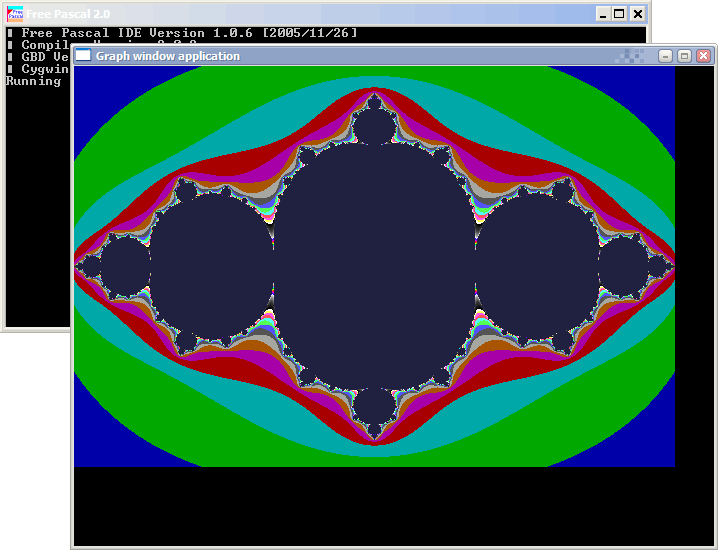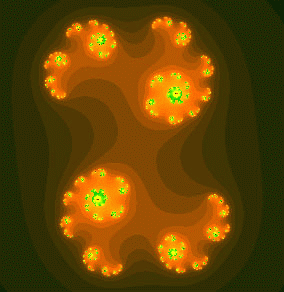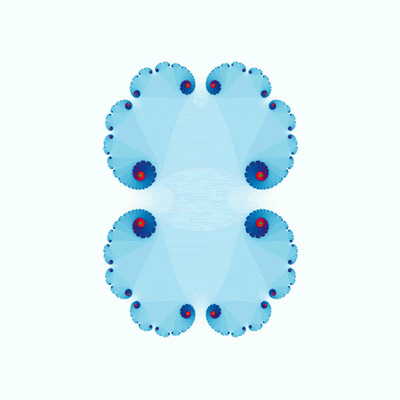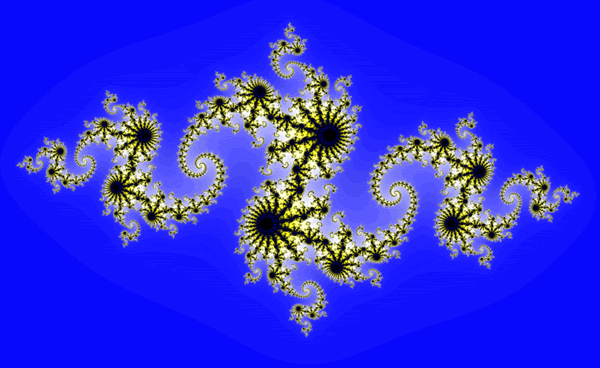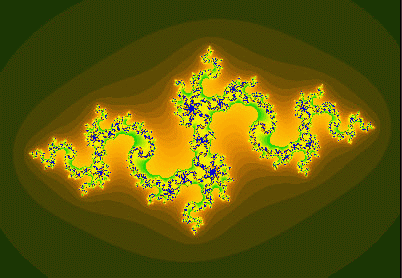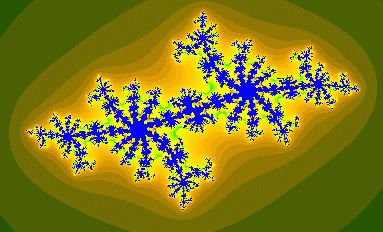Ben orenstein尝试在Goolge Code Search里输入脏话,在众多的开源软件中找到了一些非常牛B的代码:
gdb-6.4.50.20060515:/* OK, now set up the filehdr... */
/* We will NOT put a fucking timestamp in the header here. Every time you
put it back, I will come in and take it out again. I’m sorry. This
field does not belong here. We fill it with a 0 so it compares the
same but is not a reasonable time. — gnu@cygnus.com */
Siesta-0.66: # This job would be great if it wasn’t for the fucking customers.
CGI-FormBuilder-3.0202: # Get field from radio buttons or checkboxes
# Must cycle through all again to see which is checked. yeesh.
# However, this only works if there are MULTIPLE checkboxes!
# The fucking JS DOM *changes* based on one or multiple boxes!?!?!
# Damn damn damn I hate the JavaScript DOM so damn much!!!!!!
DJabberd-0.81: # Trillian, again, is fucking stupid and crashes on just
# about anything its homemade XML parser doesn’t like.
gift-0.11.5:void list_lock_insert_sorted (ListLock *lock, CompareFunc func, void *data)
{
if (lock->locked)
{
/* TODO: this is obviously not right ... this whole fucking module
* sucks anyway */
list_lock_prepend (lock, data);
return;
}
lock->list = list_insert_sorted (lock->list, func, data);
}
bh-asia-03-grugq: /* if we get here, there are massive fucking problems, for a start
* our stack is fucked up, and we can’t return(). Just crash out. */
trunk: /* FIXME: please god, when will the hurting stop? Thus function is so
fucking broken it’s not even funny. */
SQL-Abstract-1.20: # Note to self: I have no idea what this does anymore
# It looks like a cool fucking segment of code though!
# I just wish I remembered writing it… :-
mendax_linux:for(i = 0 ; i < pktcount; i++) {
from.sin_port = htons(ntohs(from.sin_port) + 1);
pktlen = gen_tcp_pak(&pak, &from, dst, ip_id++,
seq_num, 0L, 0, flags);
seq_num += 64000;
/* don't fire dem packets too fucking fast */
usleep(1000);
send_pak((char *) &pak, pktlen, ether);
putchar('.');
}
SugarOS-for-Microsoft-Full-4.5.0h: /* Outlook can’t fucking follow RFC if someone PAID them to do it…
oh wait, someone paid them NOT to do it. */
AfterStep-2.2.5: /* No we fucking don’t! DB entries should be stored in the same order
as they are in the file ! I can’t belive I was so fucking stupid ! */
gallery-2.0.4/modules/core/classes/GalleryStorage:else if ($affectedRows > 1) {
/* Holy shit, we just updated more than one row! What do we do now? */
return GalleryStatus::error(ERROR_STORAGE_FAILURE, __FILE__, __LINE__,
"$query (" . implode('|', $data) . ") $affectedRows");
}
linux-2.4.34.1/arch/sparc/lib/checksum.S: /* Sun, you just can’t beat me, you just can’t. Stop trying,
* give up. I’m serious, I am going to kick the living shit
* out of you, game over, lights out. */
linux-2.6.1/arch/mips/kernel/sysirix.c: /* 2,191 lines of complete and utter shit coming up… */
nfs-utils-1.1.0/utils/statd/misc.c: if (!(ptr = malloc (size)))
/* SHIT! SHIT! SHIT! */
die (”malloc failed”);
dada-2_10_12: # code below replaces code above - any problems?
# yeah, it doesn’t fucking work.
